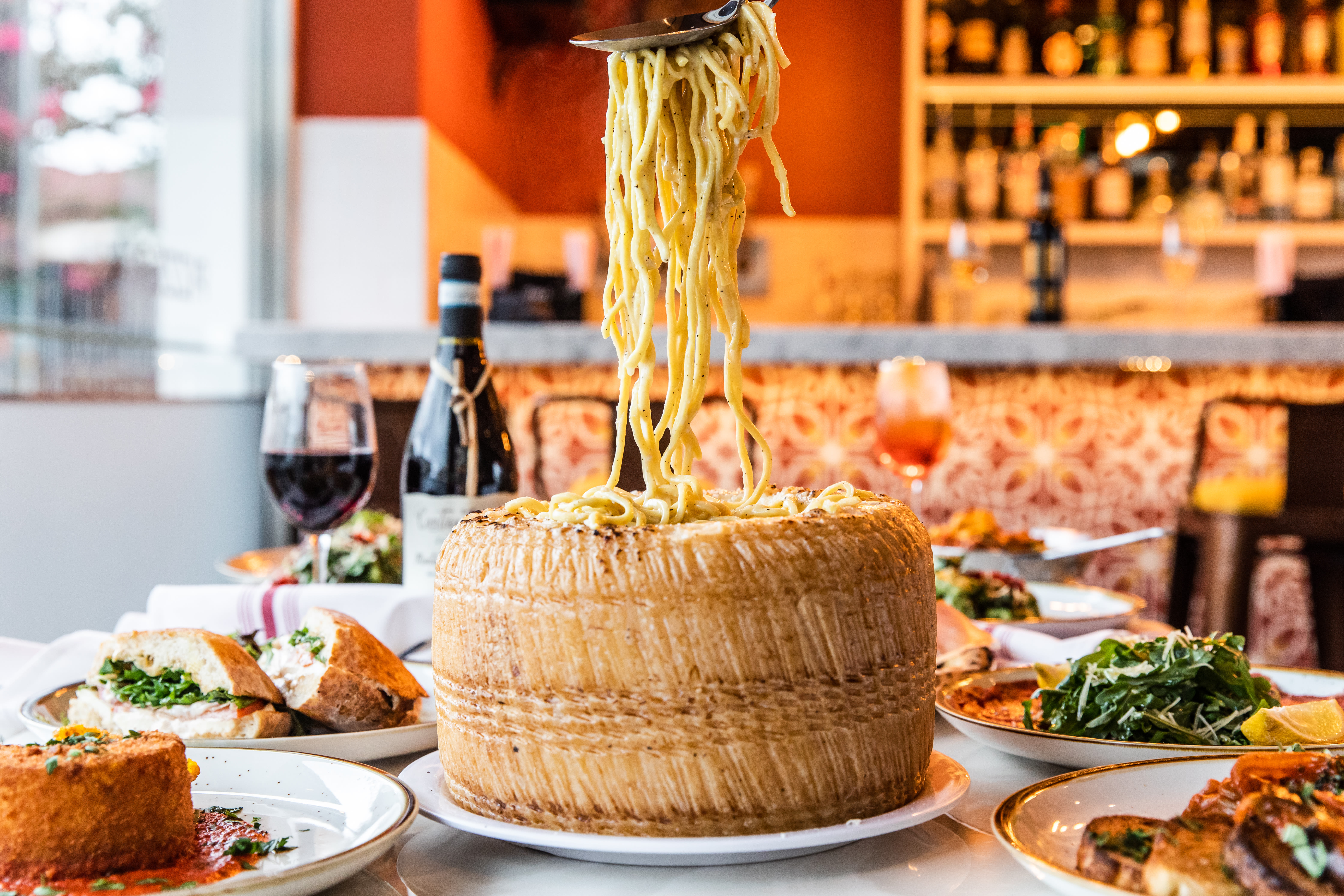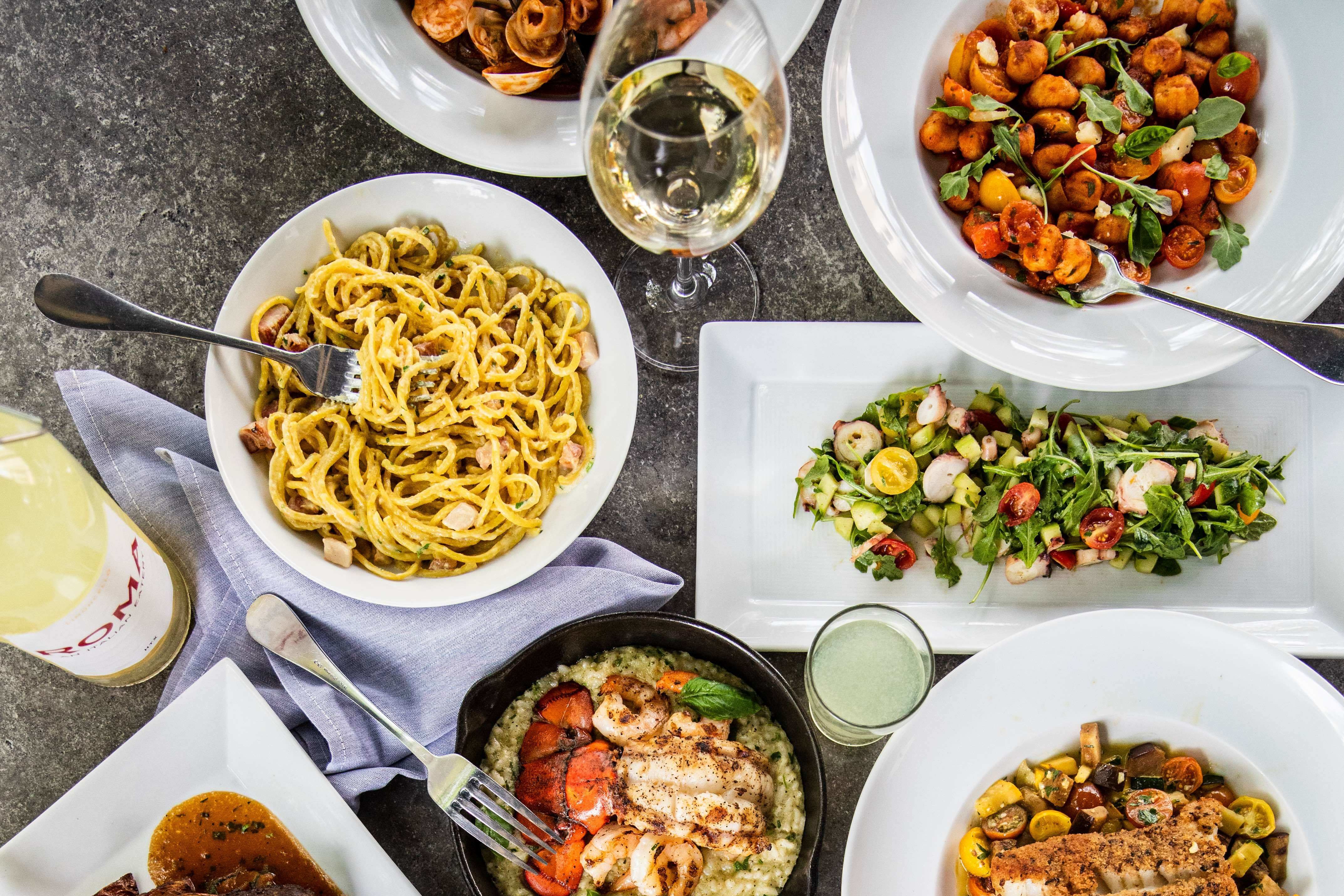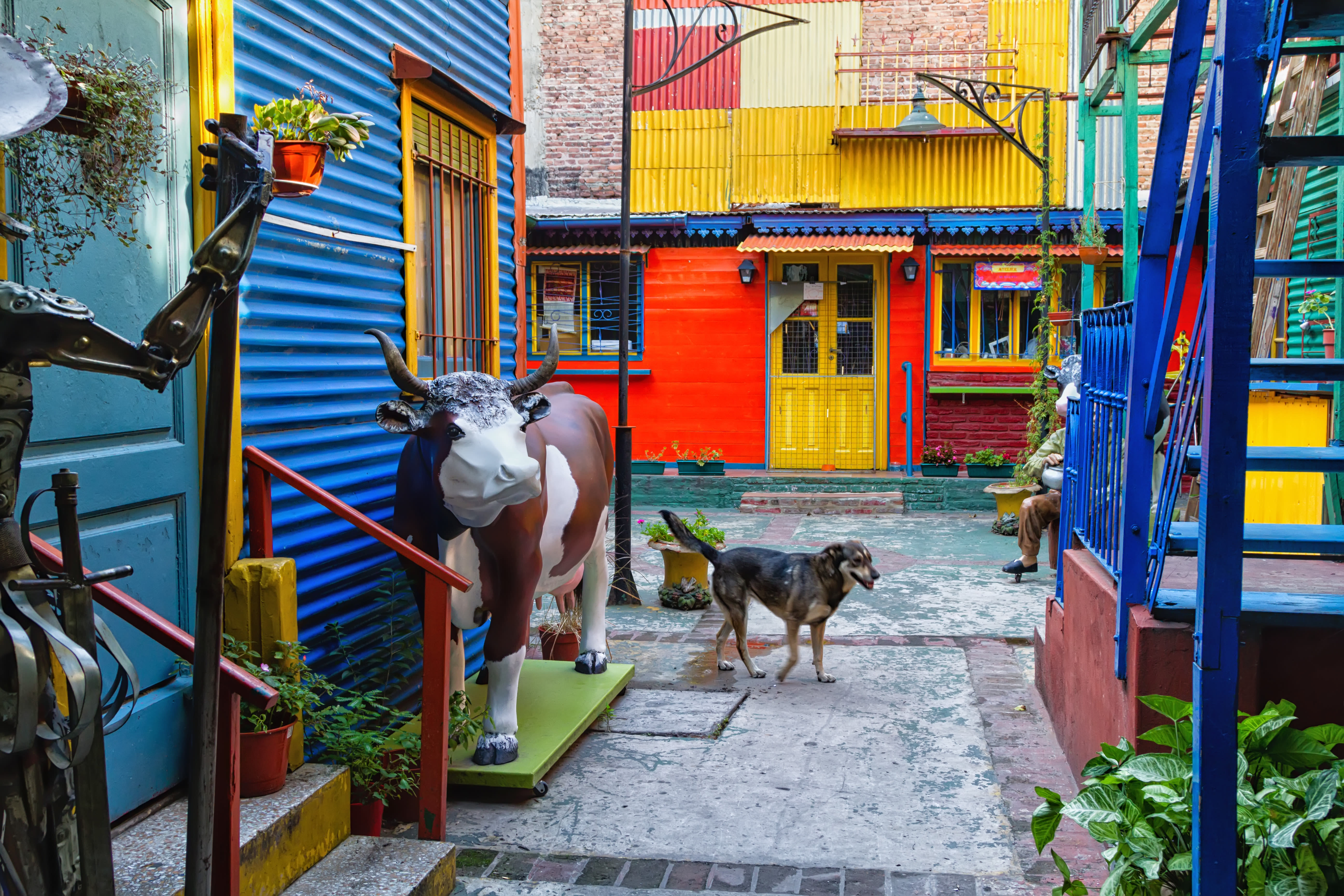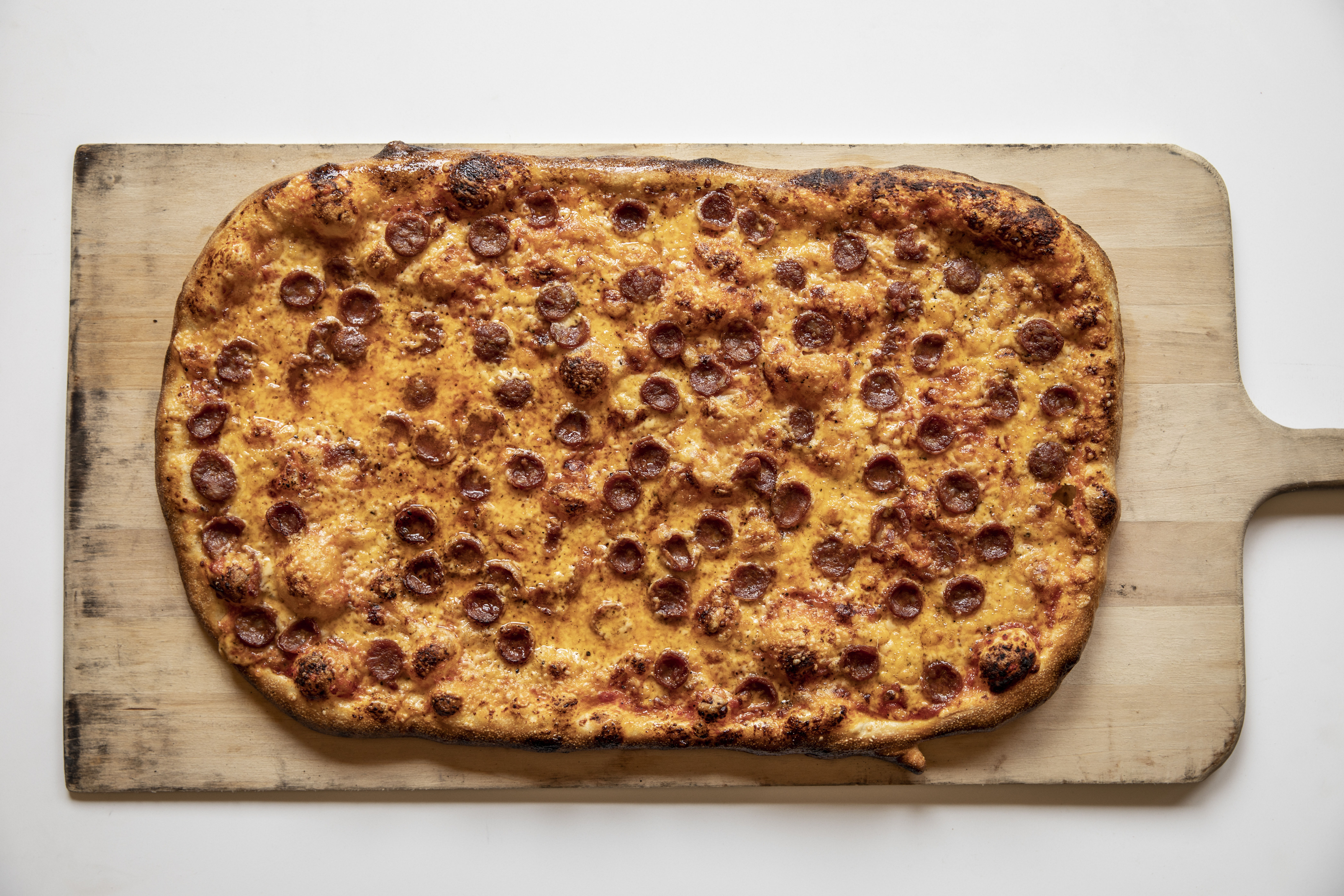Food Fight: What's the Difference Between One Michelin Star and Two?
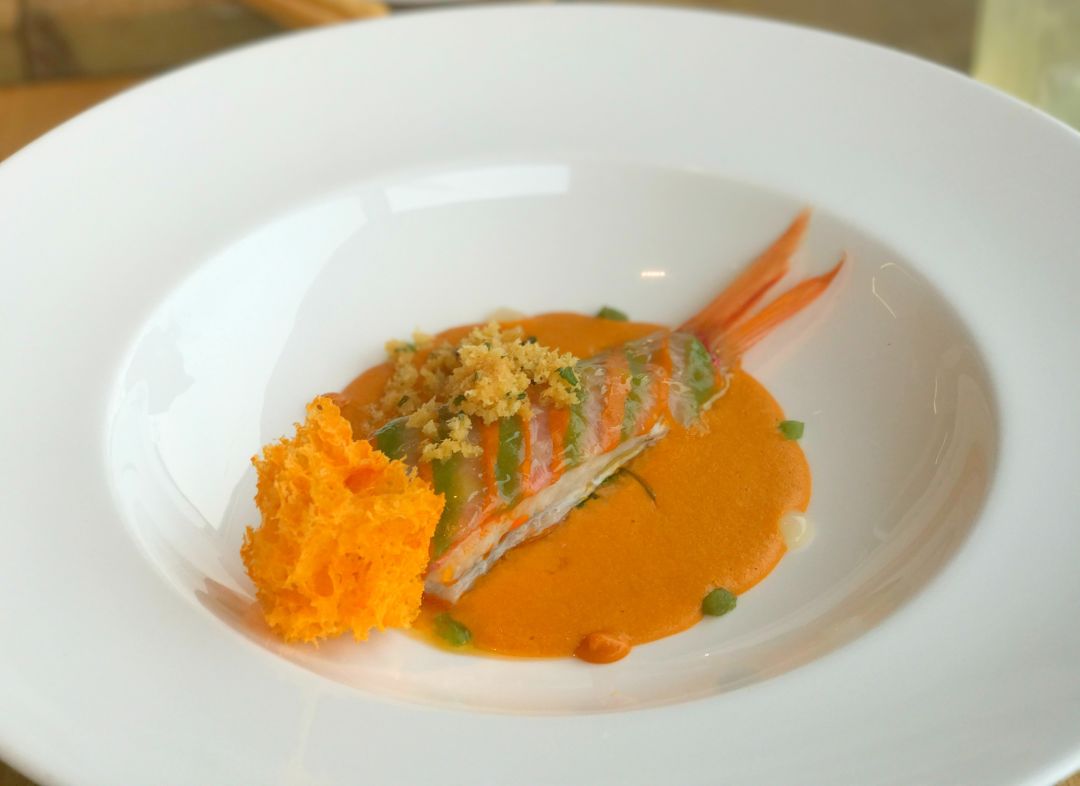
Alice's Rossa Naturale, red mullet on Livornese fish soup with stripes oregano, lemon and tomato sauces.
Image: Alice Levitt
The hardest category of restaurant to find in Houston is the kind we don't have. But on that relatively short list of formats and cuisine types, one thing Houston most certainly cannot boast is Michelin stars. In fact, the French tire company stopped publishing its short-lived Los Angeles and Las Vegas guides in 2010. And without a guide, no stars. If you want to eat at a Michelin-starred restaurant in the United States, your only options are New York, Chicago, San Francisco, and newly, Washington, D.C.
Should you care? Depends on your priorities. When I dined with a Michelin critic a few years ago, I was underwhelmed by his food knowledge, but not surprised by his persnickety bent. And this makes some sense. The guides were first released to help motorists in 1900. Who had a car in 1900? People with a literal embarrassment of riches, a group often more concerned with dining in style than eating something delicious. This longtime trend is reversing, as evidenced by the inclusion of Singapore's Liao Fan Hong Kong Soya Sauce Chicken Rice & Noodle, where a meal rings up at just more than $2 and surroundings are far from auspicious.
But serious eaters should always take stars with a grain of salt. Still, when I was in Milan last week, I couldn't resist taking advantage of a pair of its 16 Michelin-starred eateries. None have achieved the Michelin nirvana of three stars, but I dined at two starred restaurants in one day, Alice Ristorante, which boasts one star, and Seta, which has two. In the guide, a one star rating is defined as "Very good cooking in its category." Two stars: "Excellent cooking, worth a detour." What's the difference and what does that mean, if anything? Let's have a look.
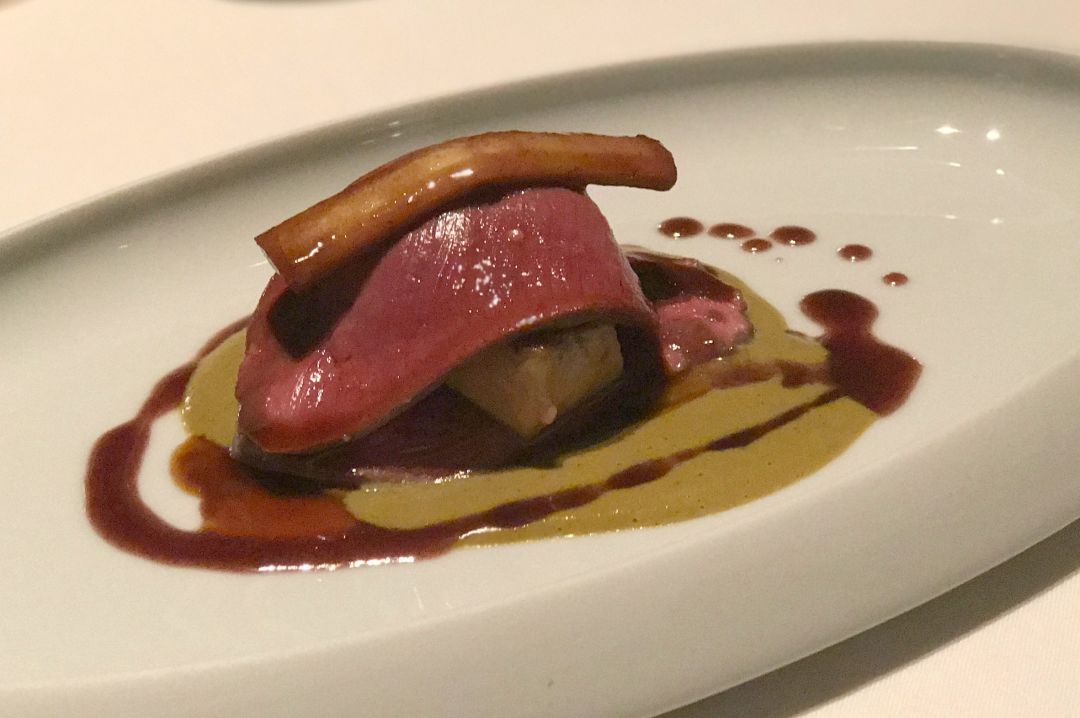
Pigeon breast sandwiching foie gras in pistachio sauce with saffron and rhubarb at Seta.
Image: Alice Levitt
Ambience & Service
Alice Ristorante: You won't find Alice (pronounced ah-LEE-chay, which means anchovy), unless you're looking for it. Not because it's off the beaten path. It's on the top floor of gluttonously comprehensive food hall Eataly, through the seating area of a more casual, meat-focused restaurant, behind private doors. Once inside, the spacious room is surrounded in windows allowing guests a view of historic Piazza XXV Aprile below.
Each oak table is topped with its own large, colorful fish sculpture by artist Enrico Paolucci. Cacti are scattered throughout the bright dining room. This is not a stuffy old-school "fancy" restaurant. The service follows suit with cheerful, mostly youngish waitresses who are comfortable with English and happy to go over the relative assets of each wine (around 400 bottles) and cocktail with you. It feels a bit like a dinner party at the home of a particularly stylish friend.
Seta: Inside the Mandarin Oriental hotel, chef Antonio Guida's Seta (translation: silk) has a slightly louche, Vegas-like vibe, as dusky as Alice is light. Walking through more casual sister Mandarin Bar & Bistrot toward Seta's sliding doors, one can't miss the man-sized black roses. Once inside, matters are more subdued, with large windows that look across the greenery-filled courtyard at the bustling kitchen. The soundtrack is a diverse survey of jazz styles, from a cover of a song from Stephen Sondheim's made-for-TV musical "Evening Primrose" to a small band's take on Zappa's "The Grand Wazoo" to some wild free jazz.
A sizable corps of staff attended to me, sometimes with a harder sell than I would have liked (the 700 wines beckoned, but not all of them in one meal), at other times completely ignoring me. Most often, the attention was a pleasing amount, but spaces between courses were long and uneven. Worst of all was the 40-minute wait to get my bill at the end of the meal and the lack of apology for said wait when I voiced my displeasure.
Advantage: Alice
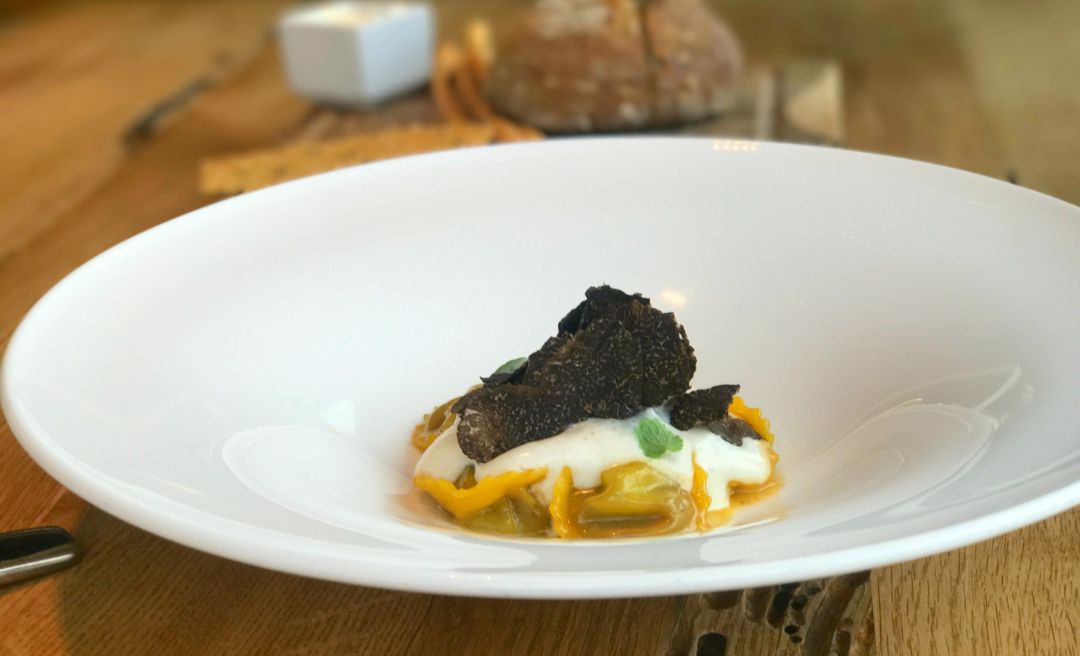
Sei in Arrosto at Alice, tortelli filled with roasted beef in pumpkin cream with Grana Padano foam, black truffle and chestnuts.
Image: Alice Levitt
Food
Alice Ristorante: Chef Viviana Varese has plenty of men in her kitchen, but her cuisine is so delicate that nearly every dish, savory or sweet, is served with a just a spoon. Each plate has a witty name, like the Rossa Naturale (natural redhead), a mullet cooked to melting tenderness in an immersion circulator, then served in a garlicky Livornese-style broth flavored with its own juices. Stripes of oregano, lemon and tomato sauces give each spoonful its own personality, by turns herbaceous or tangy.
And every dish is as eye-pleasing as it is tastebud tickling. The presentation gets your neurons so fired up that everything tastes as if it had been placed under a microscope. That simple cracker explodes with the flavor of sesame and poppy seeds in a way no everything bagel ever did. It's as if your tongue were in fight-or-flight mode, albeit in a deeply desirable and pleasurable way. You may have heard friends talk about the sensory overload of dining in a blind restaurant—this is the inverse argument.
But Varese's work of genius isn't among her prettiest. A plate of beef-filled tortelli in pumpkin cream looks like just another indulgent pasta dish blanketed in black truffles. But bite into one of the tortelli for a surprise—a burst of hot beefy liquid that makes the petite noodles perhaps the world's richest soup dumplings. Add the creamy sweetness of the sauce, the gentle umami of the Grana Padano foam and the earthiness of the truffles, and you've got one of the best things I've ever eaten.
Seta: The five-course, €150 Dedica a Milano menu is the most economical approach at Seta. With extras, including bread service, it added up to 12 dishes. In the end, I tasted more than twice what I would have ordered à la carte. As far as three-digit expenditures on tastings for one person go, Seta offers a steal.
After the eye-opening meal at Alice, the food at Seta often felt staid. But I can't deny the wit of some dishes. A cube of roasted turbot capped in a crumble of chicken egg and a small mound of caviar rested atop lentils in a rosemary-miso sauce. The contrast of egg versus egg and the tiny balls of caviar against orb-like lentils was fun. But the flavors didn't pop the way the fish eggs did.
And with two stars, I expected perfect preparation of every dish. Instead, a fun dish of risotto in toma-style Maccagno cheese, dusted with powdered raspberry, was marred by rice undercooked enough to leave sandy residue in my teeth. One blob of pigeon terrine had an unblended vein running through it. A pink-on-pink dessert flavored with Campari and grapefruit was the most beautiful thing I ate the entire day, but it was so bitter that I winced when I tasted it.
Advantage: Alice
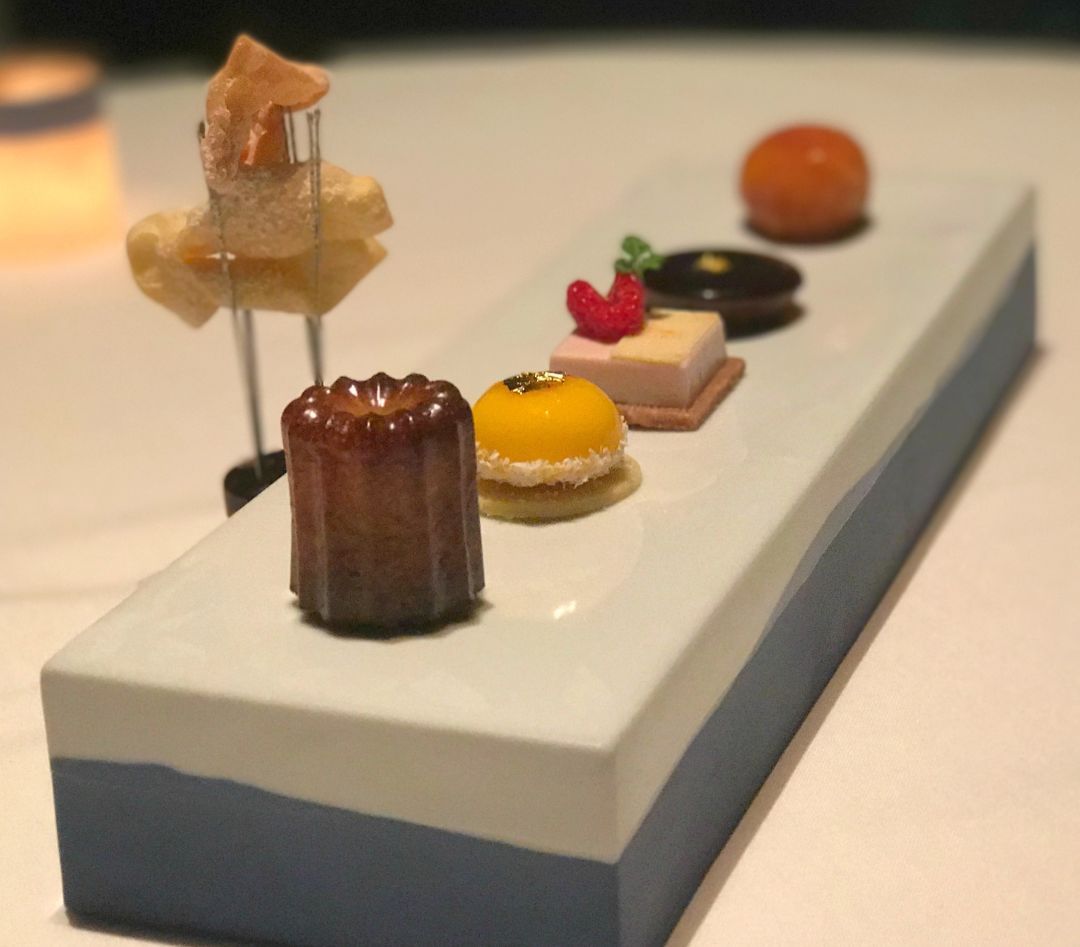
Mignardises at Seta.
Image: Alice Levitt
Extras
Alice Ristorante: Ever eaten a cacio e pepe fritter? I hadn't either, before tasting my way through Alice's five ingenious amuses. The best of them was a salad presented in a bouquet style that allowed diners to hold it to consume its topping of flowers and slightly sweet pistachio dressing.
A trio of breads, the aforementioned crackers and grissini (breadsticks) joined a hot boule of rustic bread the contained smoked whole grains. Presented with ultra-soft butter, there were times I paid more attention to the bread than to the food. After dessert came a petite plate with candied lemon peel, a mini licorice marshmallow and a chocolate-raspberry truffle.
Seta: This is where Seta knocks it out of the park. As I mentioned earlier, I ate more items that weren't listed on the prix-fixe menu than ones that were. The meal began with a plate of savory bonbons including a tiny arugula financier with pine nuts and a bite-sized aubergine-colored dome that burst with soft cumin-flavored eggplant purée like a chocolate truffle.
I was presented with an entire loaf of crusty, tangy levain that I would have been perfectly happy to eat in place of a meal, served with a cone of butter woven with three kinds of seaweed. One of the most inventive things I ate all day was a surprise plate of tortelli filled with polenta and brioche, served in a meaty, if slightly mealy, hare soup. After dessert came a delightful plate of mignardises, followed by a tasting of single-origin chocolates.
Advantage: Seta
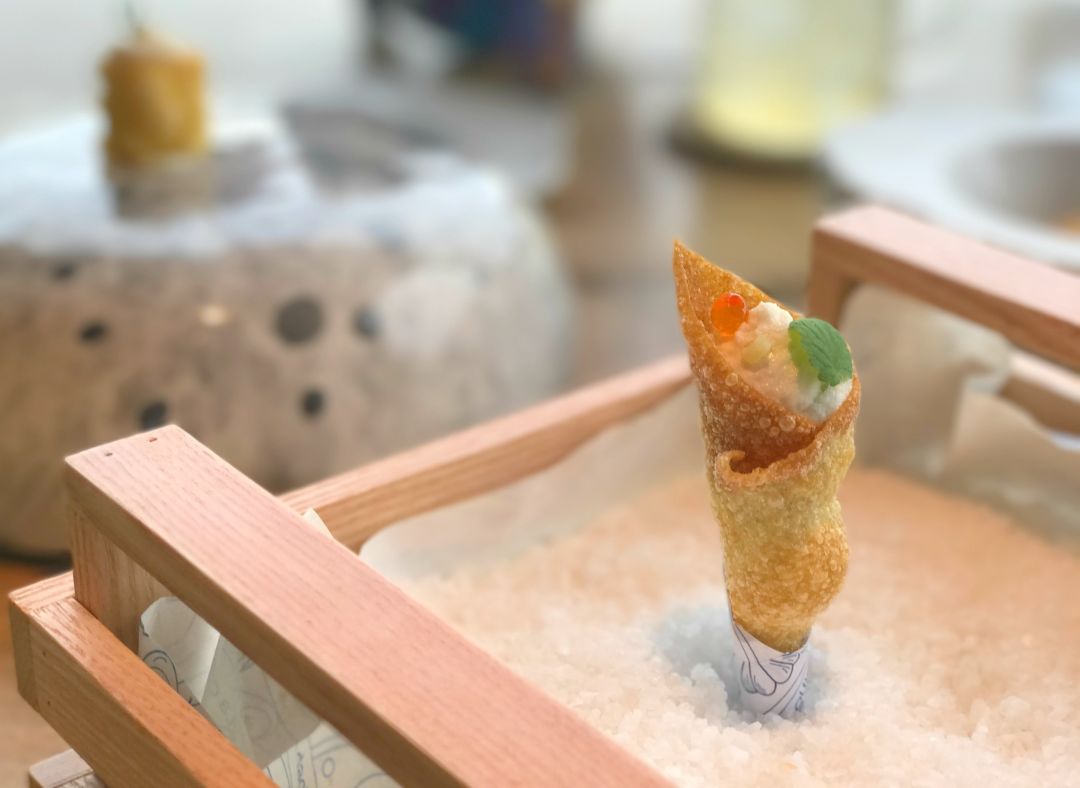
Salmon mousse-filled wonton, one of several amuses bouches at Alice.
Image: Alice Levitt
Conclusion
Perhaps Seta was having a bad day, or maybe we should be putting our fingers in our ears when Michelin starts expounding on where we should eat. Both were good meals, but Seta stopped there. Alice was truly exceptional, the best meal in a week of stellar Italian eats. I will look forward to returning, but when next in Milan, chances are I'll skip Seta.
